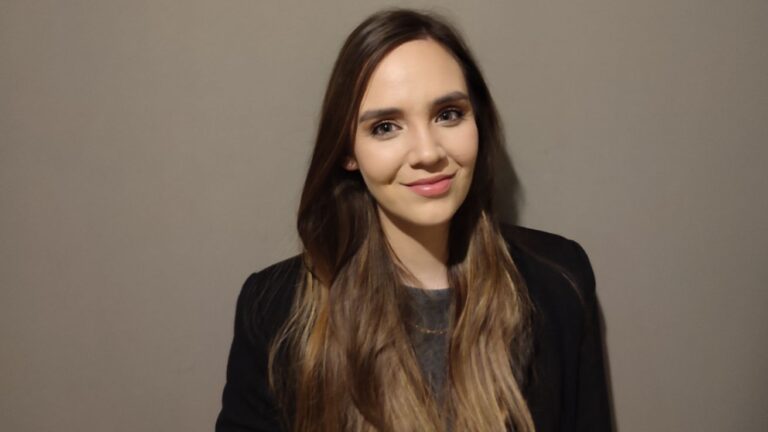That's because recommendations from the platform are based on the overall performance of all advertisers. They are not tailored to the nuances of your brand or your customers.
For example, we found that Google suggests using a broad match keyword approach in conjunction with Smart Bidding in search campaigns. While this approach is generally effective for low-cost conversions, it can be suboptimal for niche brands as it draws irrelevant traffic to your website and wastes your money.
This is the kind of lesson that brands can only learn by testing different tactics and approaches to see what yields the best results. Although this experimentation may hinder short-term campaign performance, it can yield better ROI in the long term. It helps you refine your strategies and tactics to get the best results for your brand as well as different audiences, products, and campaigns.
Most platforms offer a variety of basic tools to help you test different elements of your campaign, from your target audience to creative execution. More advanced solutions are available when you partner with Google or a Meta certified reseller.
Use these tools for testing and experimentation to optimize your campaigns to reach more customers and achieve more conversions.
Where to start: Classic A/B testing
A/B testing allows you to compare two different approaches to audience, landing pages, creative execution, keyword match types, etc. to see which is most effective.
For example, you can compare which strategies or executions result in the highest cost per conversion. You can set up an A/B test to compare results across campaigns, a series of ads, or a single ad.
Understand what you want to test and tie it to your business goals.
For example: “Using bid strategy 'A' will increase the conversion value of your campaign. ”
If you test multiple variables in one experiment, such as two different audiences and two landing pages, you won't know which variables contributed to your results.
If you want to maximize your sales, don't worry about cost per click or per impression, focus on cost per result.
This will skew the test results.
Allocate sufficient budget
To ensure statistical relevance, use a budget large enough to deliver at least 100 events.
Make sure your test audience is unique
To avoid biasing your results, use a different audience than the others you target with your campaign.
Make sure your audience is large enough to deliver good results when split into two segments.
Run the test long enough to get meaningful results
A/B tests should run for at least 7 days to give the algorithm enough time to find a clear winner.
Even if you seem to have a winning strategy, don't quit before the 7 days are up. However, limit your campaigns to approximately 30 days to avoid wasting your budget on ineffective strategies.
Once your A/B test is complete, analyze your data to determine the best strategy. If there is a clear winner, the platform provides an overview of the optimal strategy based on cost per result and outlines the winning margin.
If there's no clear winner, test more variables to determine whether other changes improve marketing performance. The goal of A/B testing is to discover performance improvements of at least 20%.
A one-time A/B test is not enough to guarantee lasting results. Digital marketing algorithms are constantly changing, so the most effective strategy today may no longer work as well six months from now. This emphasizes the importance of establishing a testing culture to ensure the highest returns for the marketing realm at all times.
Advanced testing: deeper insight into campaign performance
Brands with large digital marketing budgets and dedicated platform account managers will now have access to a variety of advanced testing solutions on platforms like Google and Meta.
However, most companies partner with certified agencies (like +OneX's digital team) to leverage a variety of testing and experimentation services that go beyond A/B testing. One example is brand lift surveys that can measure brand awareness and awareness.
Brand Lift Test is available on Meta as well as YouTube via Google Ads. These tests don't just focus on traditional metrics like clicks, impressions, and views. They provide insight into how campaigns impact people's perceptions of your brand by measuring brand metrics such as:
- advertising recall
- consciousness
- consideration
- Likeability, etc.
- Purchase intention.
These studies provide surveys to viewers who have been exposed to an ad and to viewers who were eligible to see an ad but did not see it. Differences in response determine the impact an ad has on key brand metrics.
Brand recognition or recognition is one of the main reasons why consumers choose one brand over another. Brand Lift research helps you assess whether your digital communications are increasing brand awareness and interest.
Use the actionable insights from your results to refine your marketing strategies and campaigns to ensure they resonate with your target audience.
Test and learn as a competitive advantage
Marketers can't rely solely on machine learning and platform best practices to maximize the potential of their budgets and campaigns. Only by combining testing, learning, and human insights with platform tools can you tailor tactics and strategies to your brand and audience to optimize ROI.
For more information, please visit www.plusonex.com. You can also follow +OneX on LinkedIn or Instagram.
*Image provided by contributor
Human Insights in Digital Marketing Why a culture of testing and learning is the key to breakthrough results human insight digital marketing A culture of testing and learning marketing marketing approach marketing strategy


